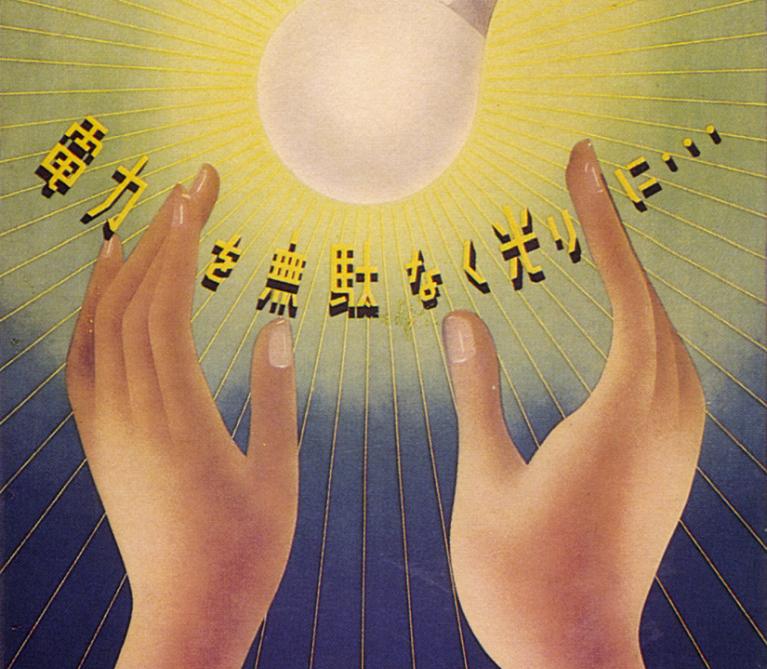Lectures
Electricity is a powerful enabling technology. It is also a social and cultural force of unparalleled proportions that has forever altered the landscape of daily life around the world. Certainly electricity produced bright lights in big cities; it was the visual language of the modern urban metropolis: burlesques, cinema, and illuminated signboards. It also facilitated the production of modern domesticity through the purveying of goods in the burgeoning consumer market. Nevertheless, electricity did not market or sell itself. Two companies at the forefront of creating this market that were actively engaged in innovative advertising design throughout the twentieth century were Tōshiba and Matsushita. This presentation explores the industry’s important cultivation of a nascent consumer market for electrical goods in the prewar period, and the role of graphic design and advertising in aestheticizing, visualizing, and commodifying the seemingly transformative social powers of electric energy.
